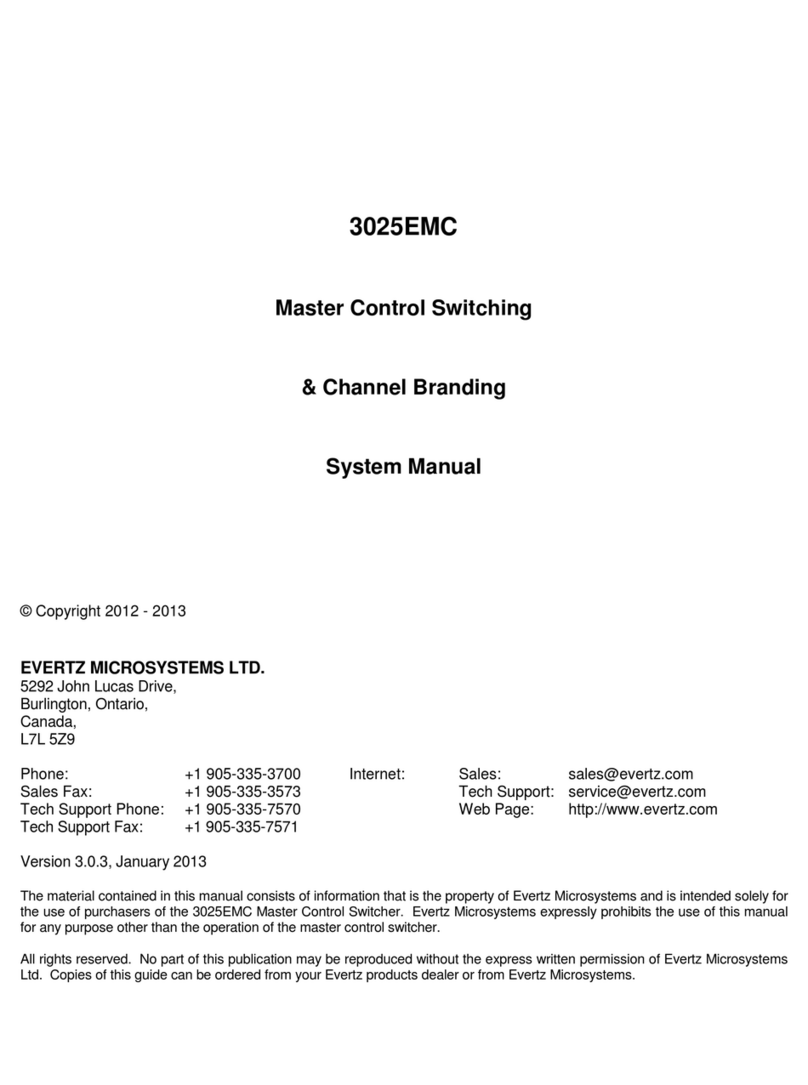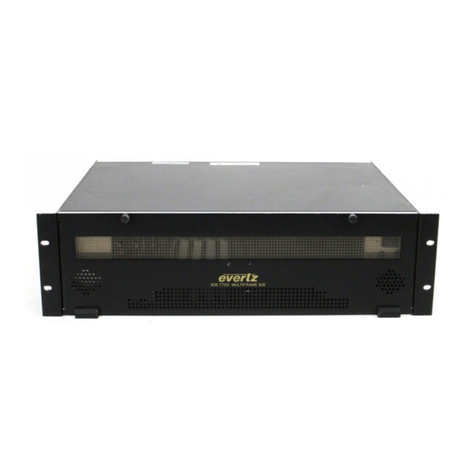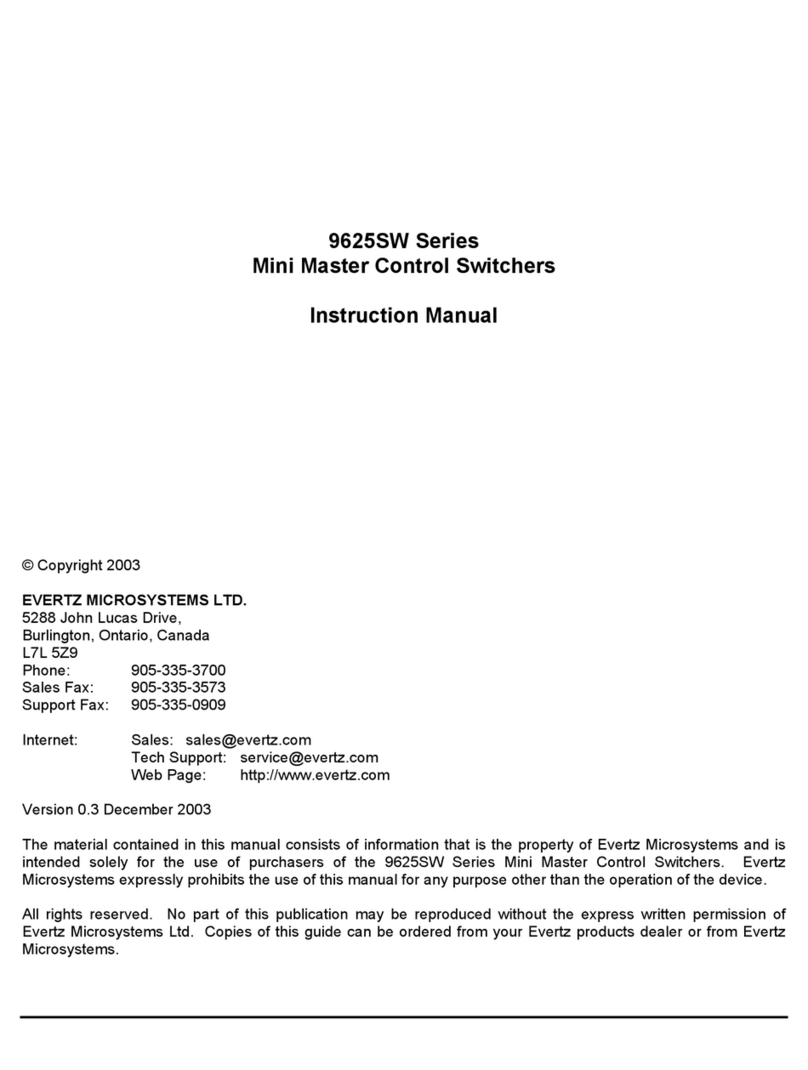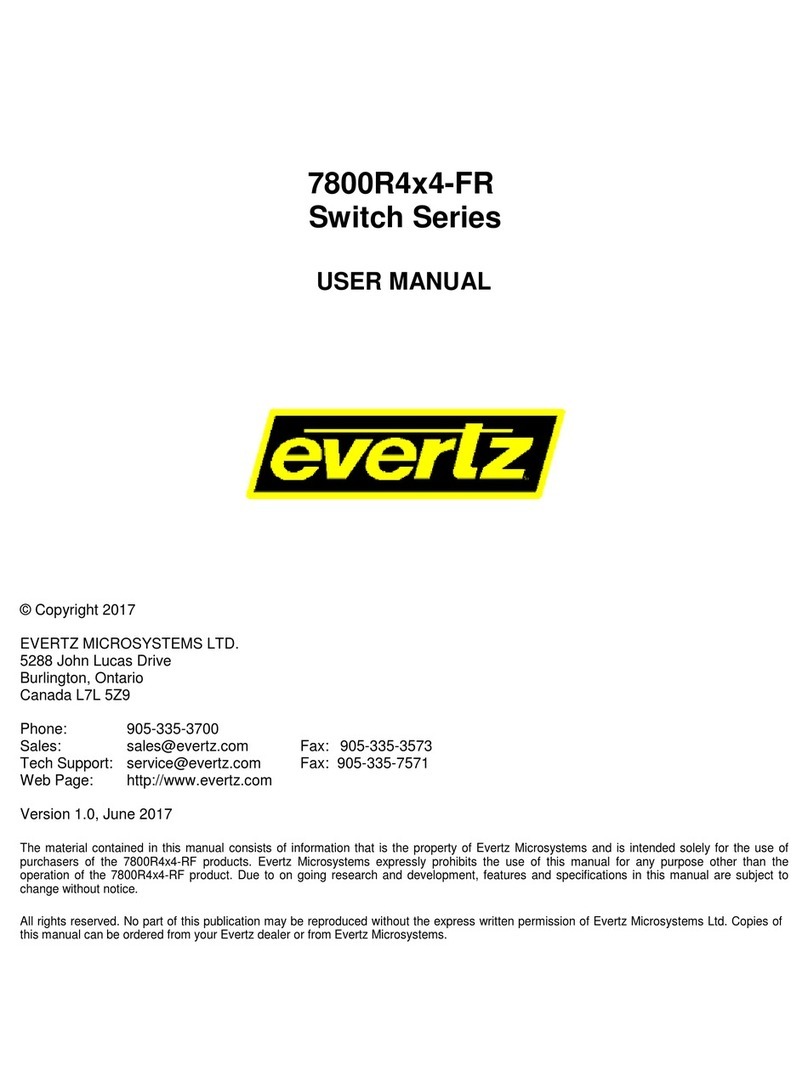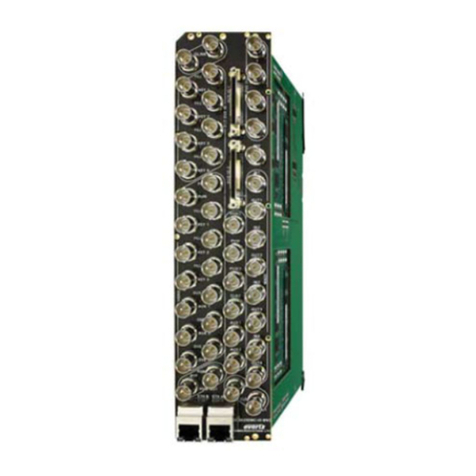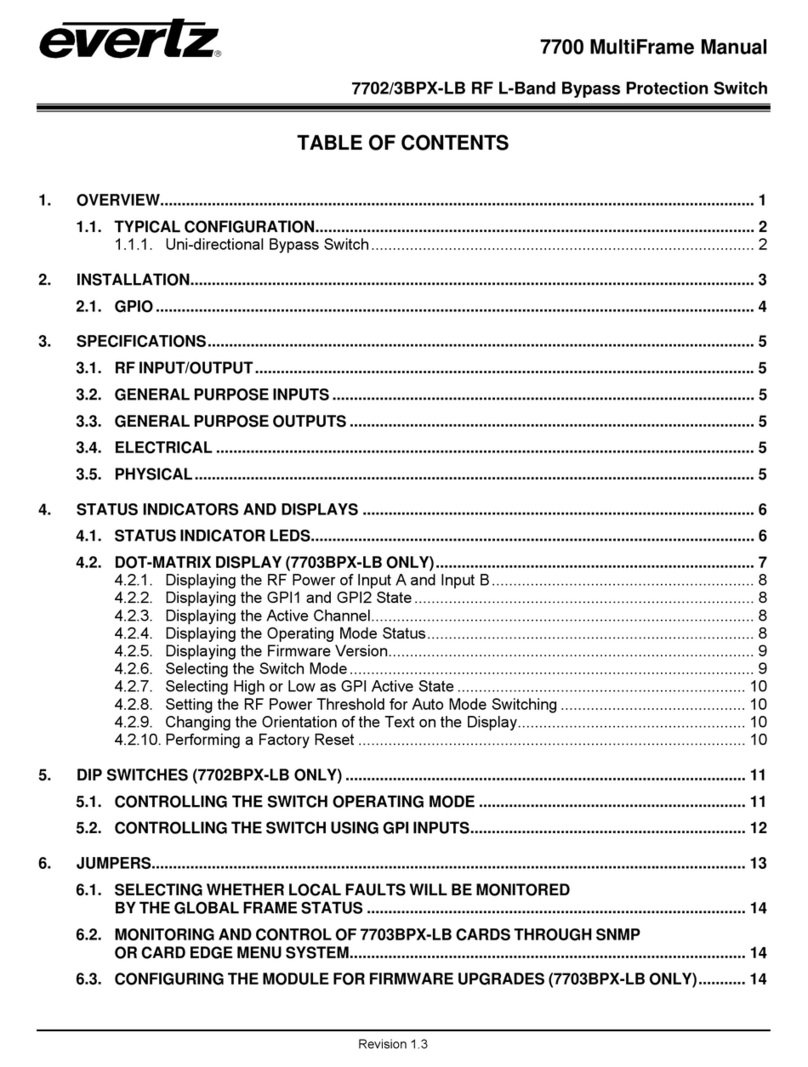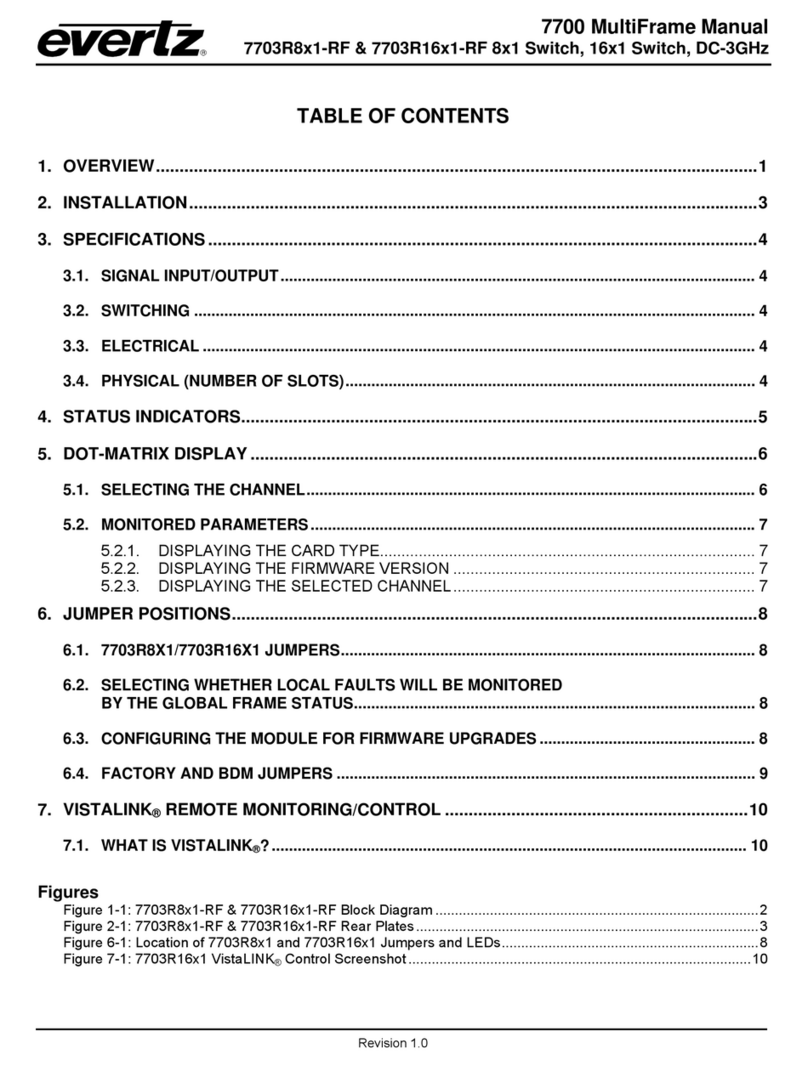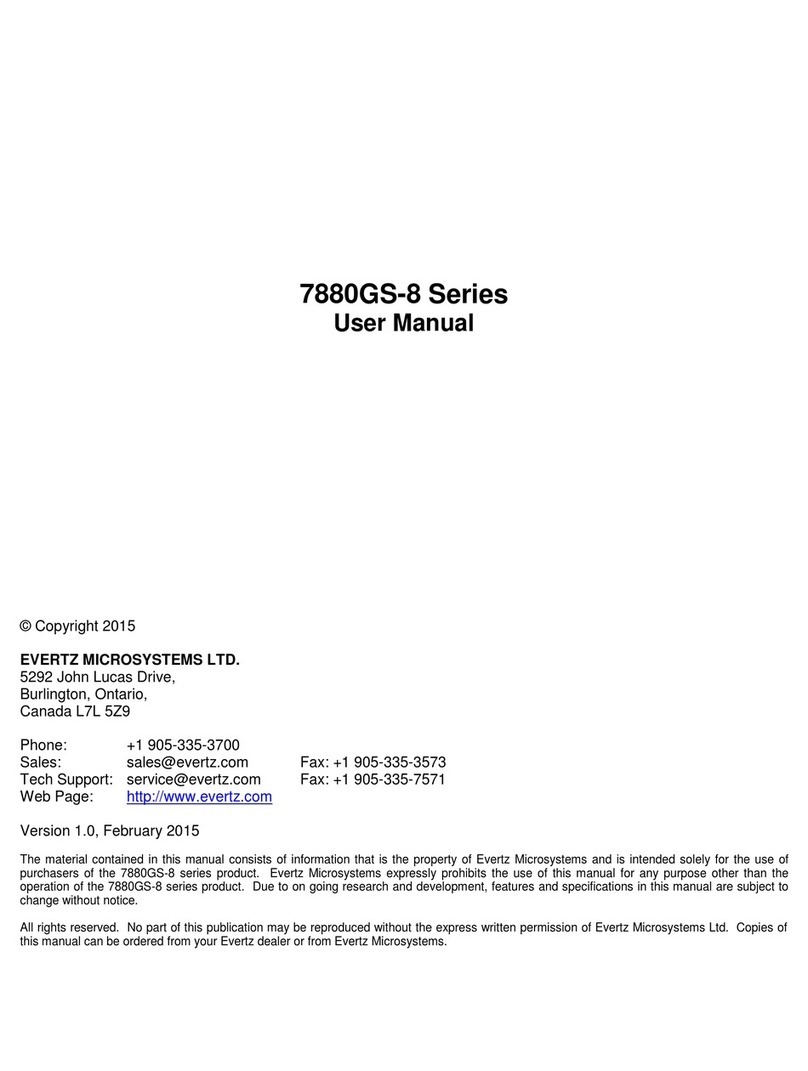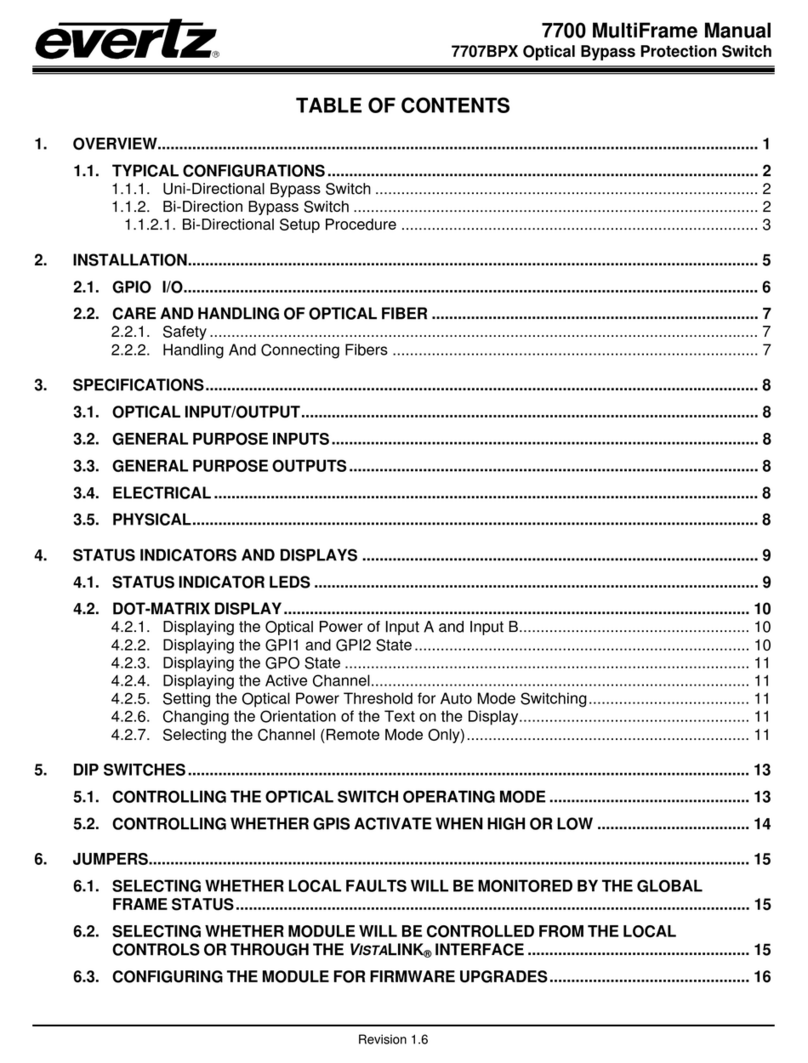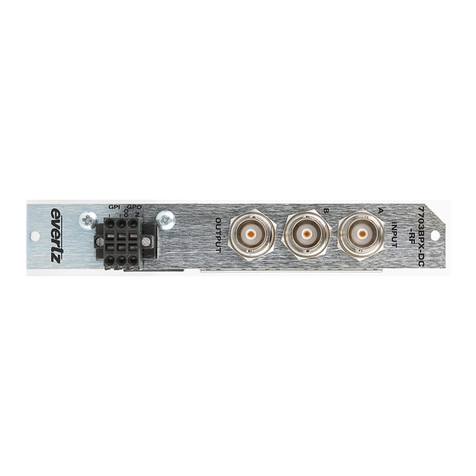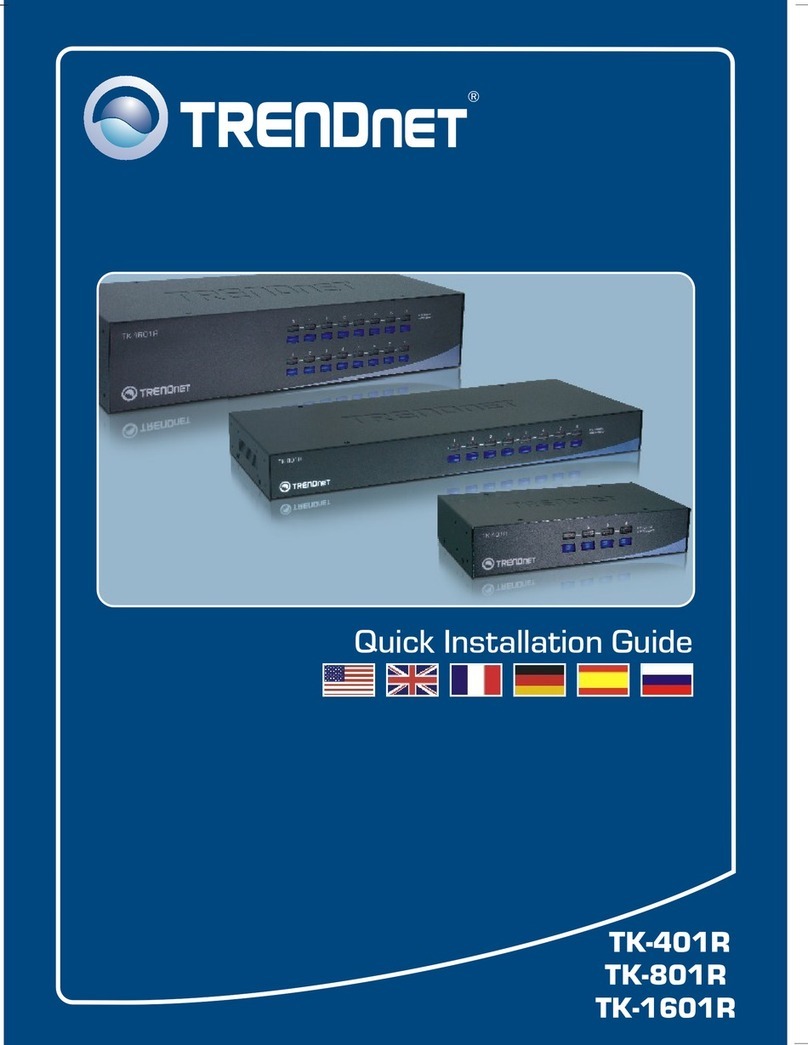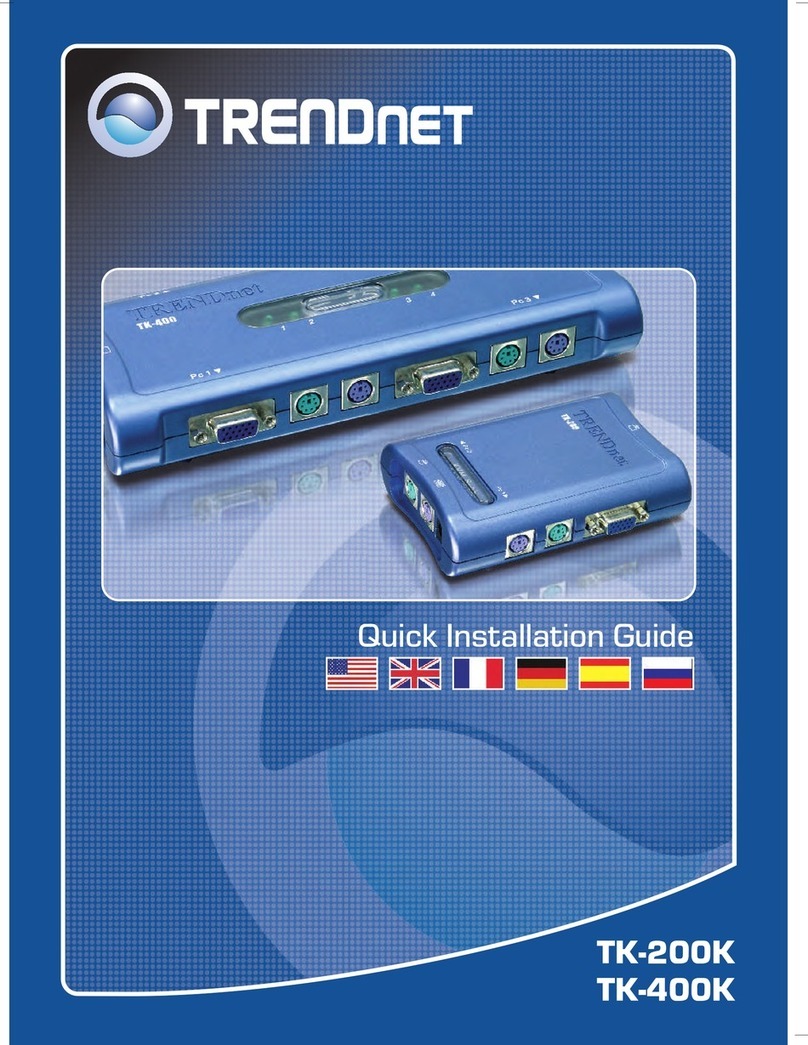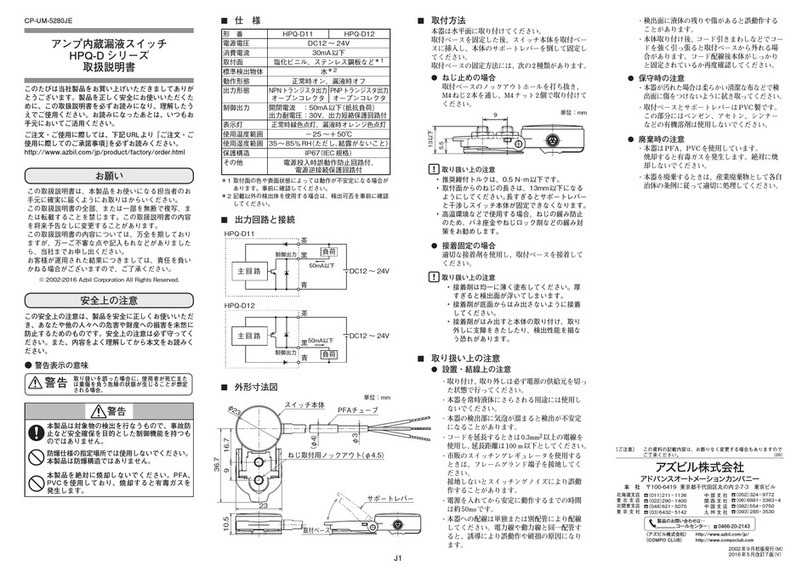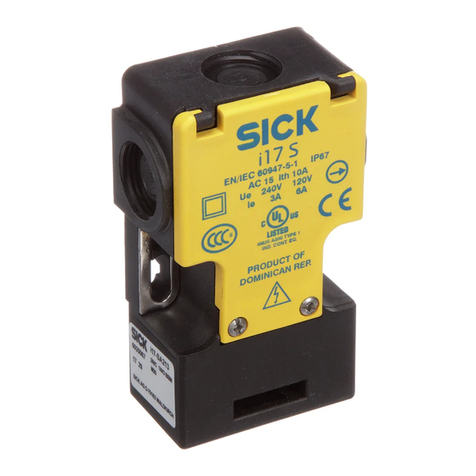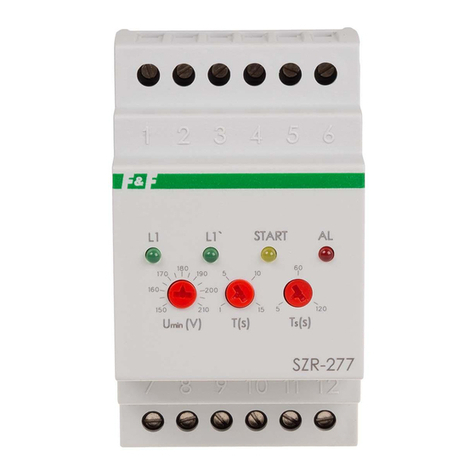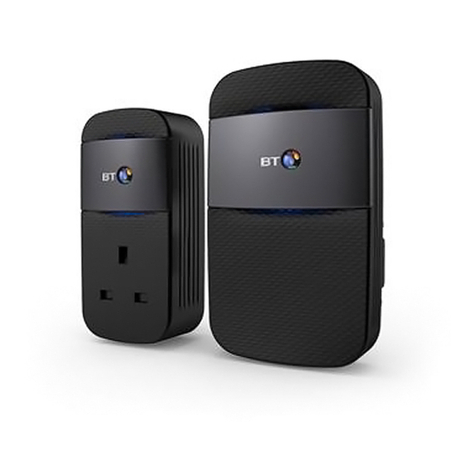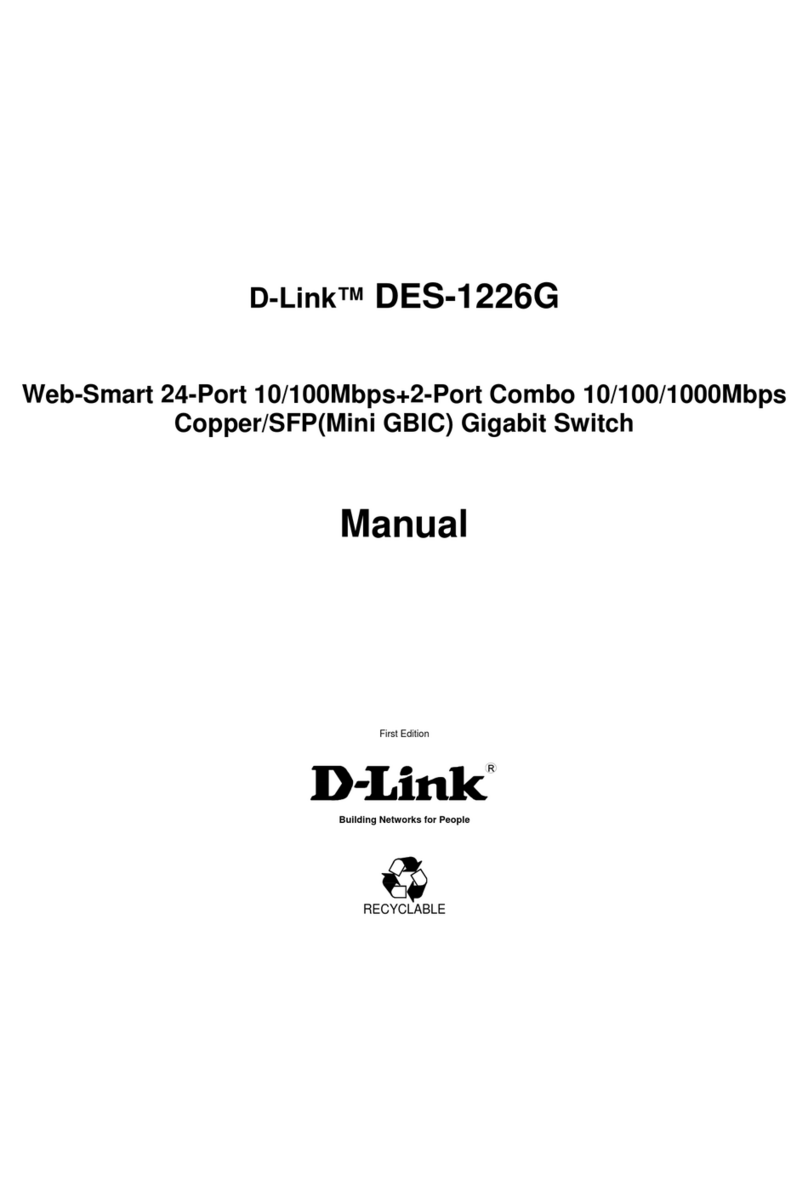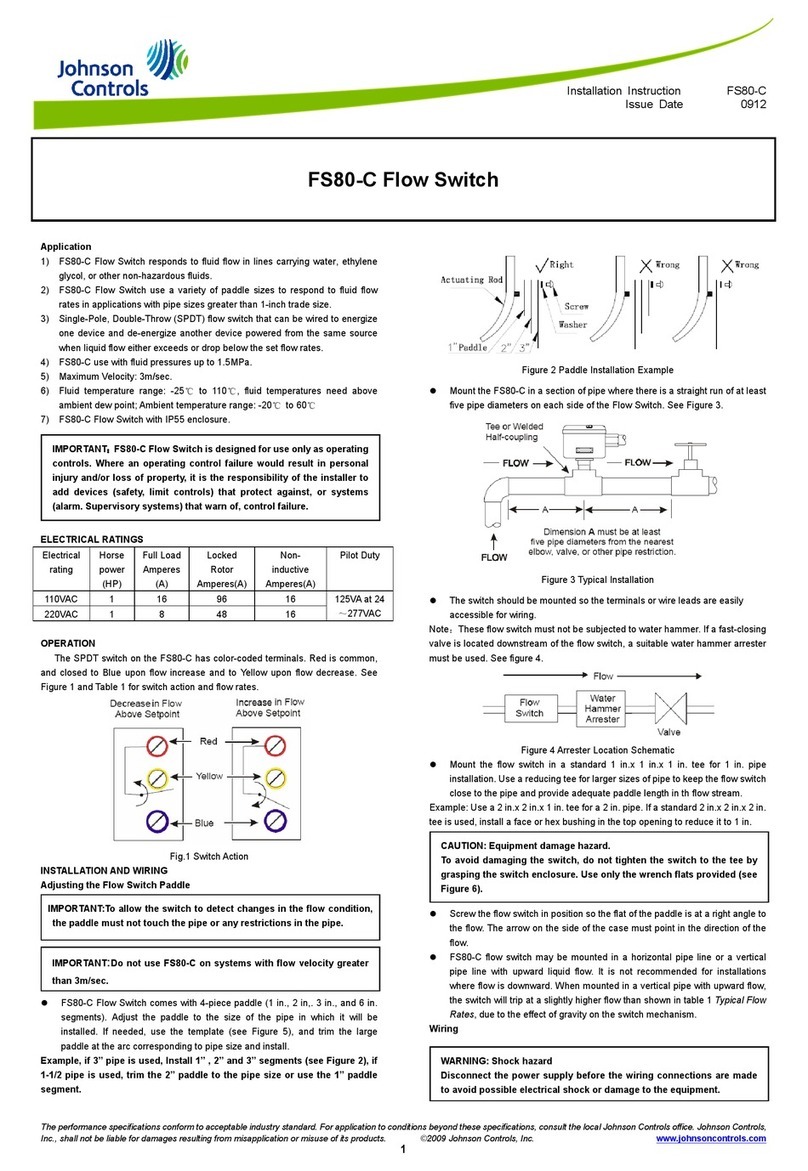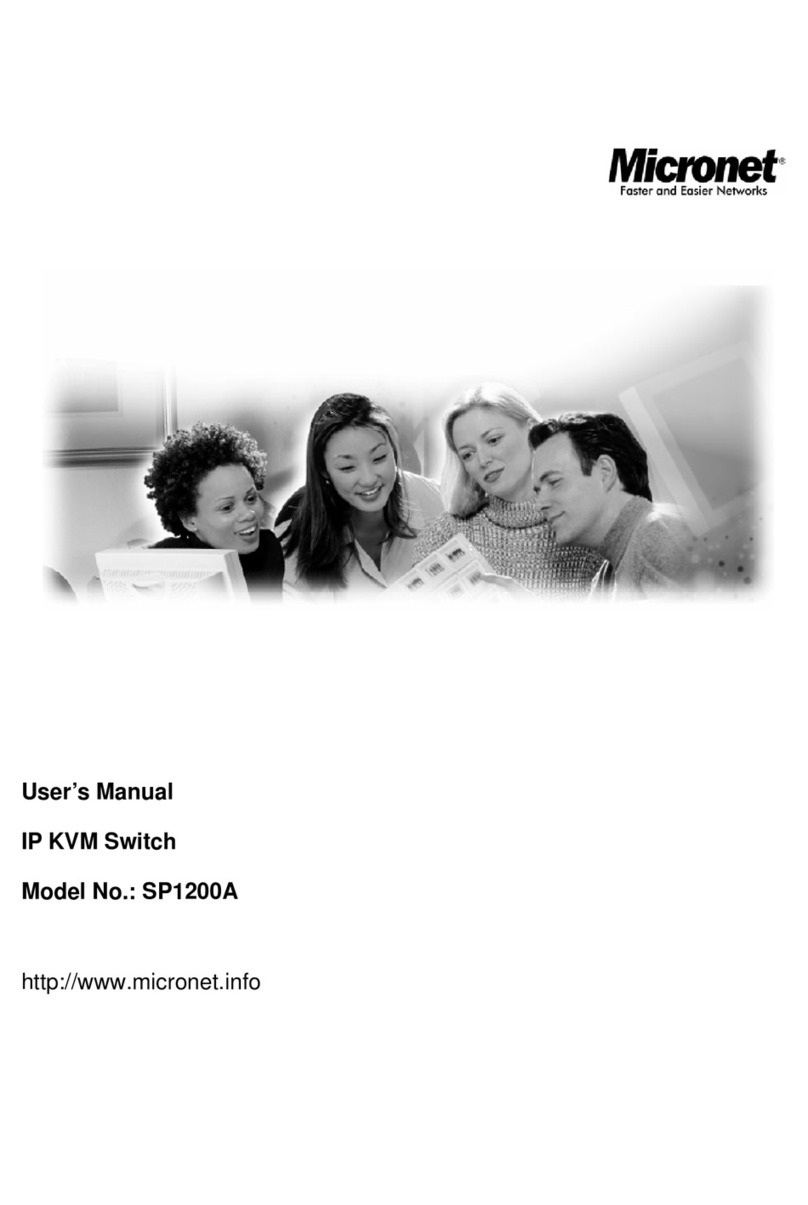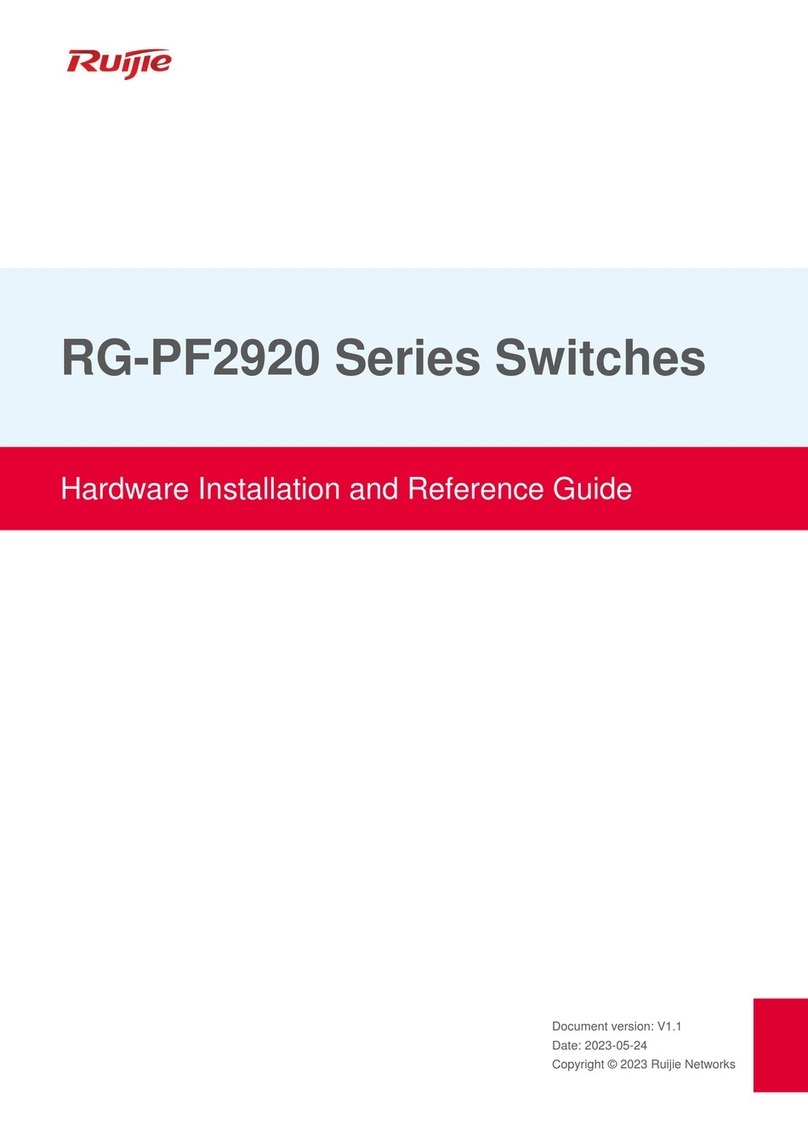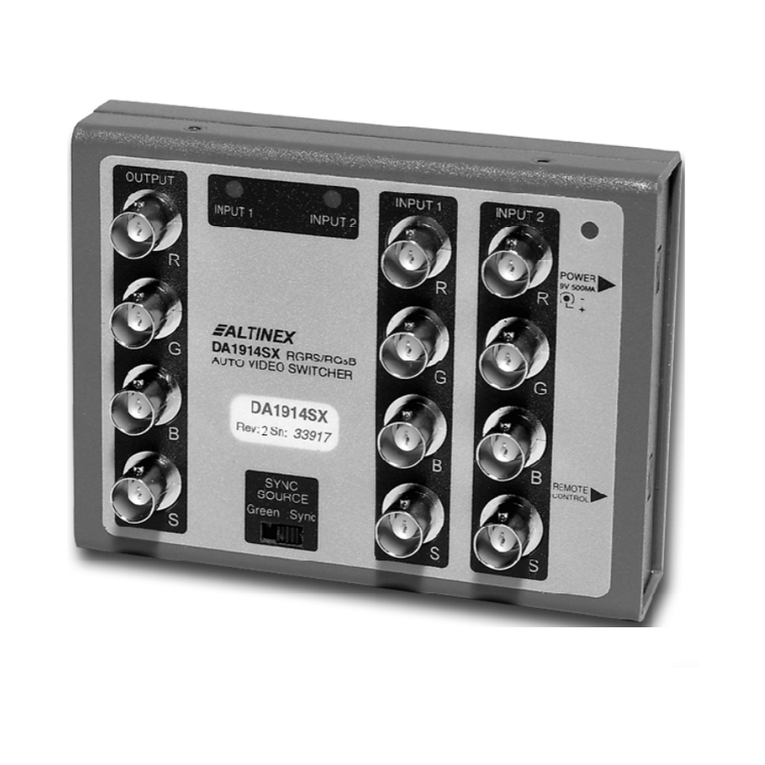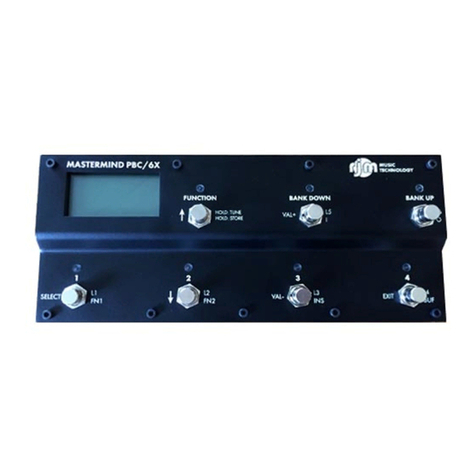
9625SW Series Mini Master Control Switcher Manual
TABLE OF CONTENTS Revision 1.1 Page iii
3.7.4. Copying a File from one Drive to Another..............................................................3-22
3.7.5. Deleting a File........................................................................................................3-22
3.7.6. Erasing all the Files from a Media Disk..................................................................3-22
3.8. MATTE CONFIGURATION ITEMS ................................................................................... 3-23
3.8.1. Turning the Matte On and Off................................................................................3-23
3.8.2. Setting the Matte Aspect Ratio .............................................................................. 3-23
3.8.3. Setting a User Defined Matte Aspect Ratio ...........................................................3-23
3.9. DOWNSTREAM KEYER CONFIGURATION ITEMS........................................................ 3-24
3.9.1. Setting the Downstream Key Type ........................................................................3-24
3.9.2. Setting the Downstream Key Object Transparency...............................................3-24
3.9.3. Setting the Downstream Key Object Offset ...........................................................3-25
3.9.4. Setting the Downstream Self Key Threshold.........................................................3-25
3.9.5. Allowing Automation to Control the Media Layer...................................................3-25
3.10.TRANSITION CONFIGURATION ITEMS.......................................................................... 3-25
3.10.1. Setting the Transition Type....................................................................................3-26
3.10.2. Setting the Transition Rate ....................................................................................3-26
3.10.3. Setting the Transition Swap Mode.........................................................................3-27
3.10.4. Pausing a Transition.............................................................................................. 3-27
3.10.5. Selecting How the Program Bus Handles Crosspoint Switching...........................3-27
3.11.PRESET CONFIGURATION ITEMS .................................................................................3-27
3.11.1. Recalling a User Preset.........................................................................................3-28
3.11.2. Storing a User Preset............................................................................................. 3-28
3.11.3. Viewing the Preset Settings...................................................................................3-29
3.11.4. Selecting the Source of the Preset Settings ..........................................................3-29
3.11.5. Configuring the GPI Inputs.....................................................................................3-29
3.11.5.1.Selecting One of the GPI Inputs to Configure.........................................3-29
3.11.5.2.Configuring the GPI Actions....................................................................3-30
3.11.6. Configuring the GPO Outputs................................................................................3-32
3.12.VOICE OVER TRANSITION CONFIGURATION ITEMS................................................... 3-33
3.12.1. Setting the Voice Over In Rate .............................................................................. 3-33
3.12.2. Setting the Voice Over Out Rate............................................................................3-33
3.13.TEMPERATURE CONFIGURATION ITEMS.....................................................................3-33
3.13.1. Setting the Temperature Source............................................................................3-34
3.13.2. Setting the Temperature........................................................................................3-34
3.13.3. Setting the Temperature Format............................................................................3-34
3.14.EAS CONFIGURATION ITEMS (EAS OPTIONED UNITS ONLY).................................... 3-35
3.14.1. Setting the EAS Display Type................................................................................3-35
3.14.2. Setting the Vertical Position of EAS Crawl Display................................................3-36
3.14.3. Setting the Font used for the EAS Crawl Display ..................................................3-36
3.14.4. Setting the Font Size for the EAS Crawl Display...................................................3-36
3.14.5. Setting the Crawl Rate for the EAS Crawl Display.................................................3-37
3.14.6. Setting the Colours for the EAS Crawl Display......................................................3-37
3.15.MEDIA CONFIGURATION ITEMS .................................................................................... 3-38
3.15.1. Setting the Logo Horizontal Position......................................................................3-39
3.15.2. Setting the Logo Vertical Position..........................................................................3-39
3.15.3. Setting the Logo Fade In Duration.........................................................................3-39
3.15.4. Setting the Logo Display Time...............................................................................3-39
3.15.5. Setting the Logo Fade Out Duration......................................................................3-39
